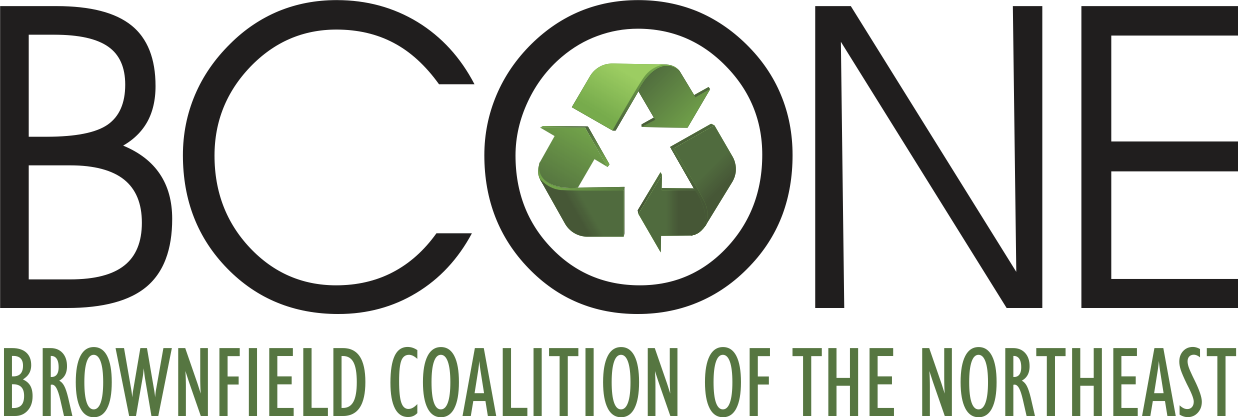By Jamey Stynchula, PG, LSRP, Senior Project Manager GEI Consultants, Inc.
Most construction sites require import or export of fill material. Projects in dense urban areas like the City of Philadelphia, typically have excavations that span the entire footprint of a site and leave little room for staging of soil. Therefore, it is critical to have the export/import fill material properly characterized in accordance with Pennsylvania’s regulations prior to the start of a project. This allows for direct loading in or out of a site to avoid double handling and potential schedule delays.
Under Pennsylvania regulations a person placing solid waste onto the ground is generally required to obtain a permit under the Solid Waste Management Act (SWMA) (35 P.S. §§ 6018.101 – 6018.1003). A person is not required to obtain a permit under SWMA if the person can demonstrate that the material qualifies as clean fill in accordance with the municipal and residual waste regulations. The Management of Fill Policy (“Policy”) defines the materials that qualify as ''fill'' and provides procedures for determining whether fill is ''clean fill,'' as defined in the municipal and residual waste regulations or ''regulated fill,'' as defined in the Policy.
The Pennsylvania Department of Environmental Protection (PADEP) implemented the Policy 2004 with some revisions in 2010. Amendments to the Policy were proposed in 2014 in response to questions and comments received over nearly a decade. These proposed amendments were published on November 10, 2018 in The Pennsylvania Bulletin (48 Pa.B. 7176). After a period of public response, which closed in January 2019, the revised Policy was published in November 2019. On January 1, 2020 the changes to the Policy went into effect.
The changes impact how fill is characterized, imported, and exported from project sites under the SWMA. Some of the significant changes include the following:
- The Policy directly references the applicable numeric limits of regulated substances from 25 Pa. Code Chapter 250 (“Act 2”) and eliminate Tables FP-1a (organic constituents) and FP-1b (metals and inorganic constituents) from the Policy. Future revisions to the numeric limits in Chapter 250 will be automatically updated and included in the Policy. This is significant as the Act 2 standards are now revised roughly every three years and several of the standards for compounds are orders of magnitude lower than the previous Clean Fill Criteria.
- The requirement that Historic Fill be treated as regulated fill has been relaxed. Historic Fill may now be considered clean fill if it meets certain criteria (i.e., free of coal ash and slag). This may help reduce soil disposal costs significantly at some sites, especially in urban areas where historic fill is common.
- Procedures for making a fill determination have been updated to clearly identify the steps necessary to perform environmental due diligence. This will include clarifications to the procedures for performing analytical testing, if required. Guidance on developing a sampling plan that meets the data quality objectives required by the PADEP is proposed and include sampling instructions and protocol for fill contained in piles and fill that is sampled in-situ.
- Updates to the requirements for filing forms and obtaining required approvals prior to transporting fill from one site to another are provided. A Section G in Appendix A provides a mechanism for demonstrating that an observed exceedance of a numeric limit is due to background at the donor site.
- In some cases, investigations of a receiving site may be required to ensure that no new regulated substances are placed on the receiving site other than those that are already determined to be present and that the concentrations of regulated substances in the donor fill have been compared to the concentration of the same regulated substances at the receiving site.
The changes to the Policy have the potential to impact project budgets and schedules. To avoid project delays and cost overruns, early communication between the design engineer and the environmental consultant is a good idea. Sites typically have a Phase I ESA that can support due diligence under the Policy. Most Phase I ESAs trigger a Phase II ESA, in which environmental soil samples are collected and analyzed. Many times, this information isn’t communicated to the whole project team. Having a fill determination under the Policy in the early stages of a project is important so cost considerations can be accounted for in the project design and a plan can be developed for implementing the Policy. If you are a contractor bidding the project be sure to ask questions so that your bid reflects costs and scheduling to meet the regulatory requirements.
The revised technical guidance document is available on the Department of Environmental Protection's (Department) web site at http://www.elibrary.dep.state.pa.us/dsweb/HomePage. Response to public questions and comments have also been posted to PADEP’s webite. Developers, contractors, engineers, and consultants will need to be vigilant in the future to keep pace with the Policy changes.

